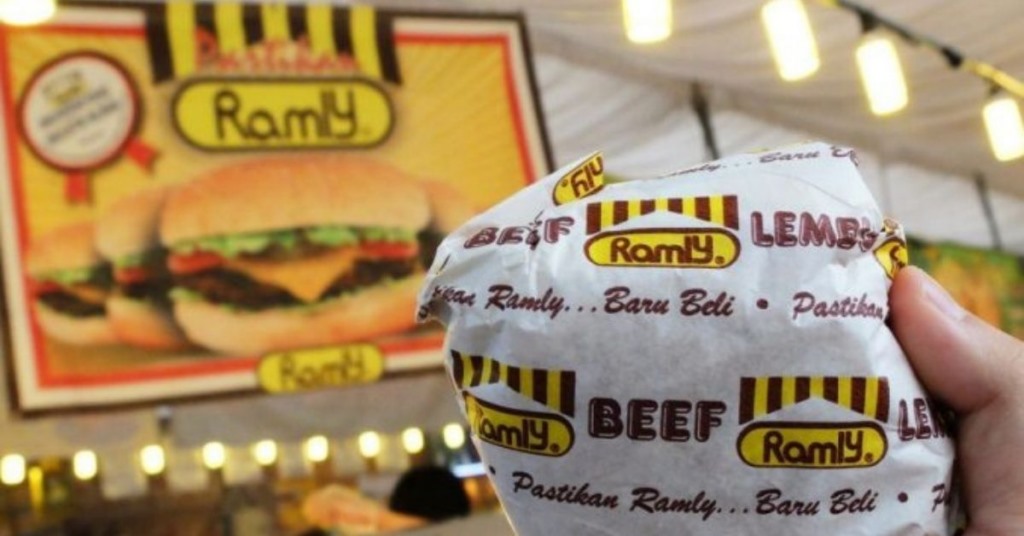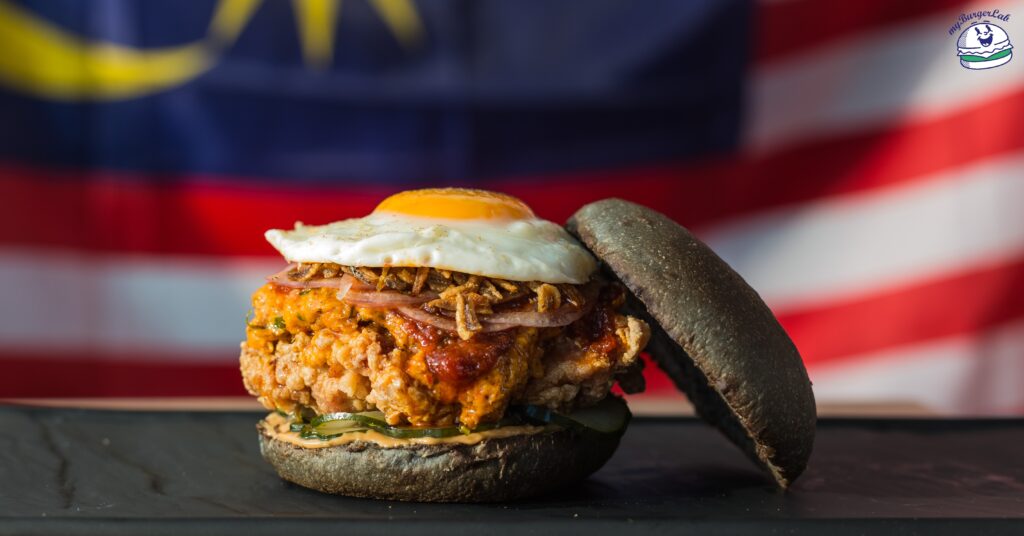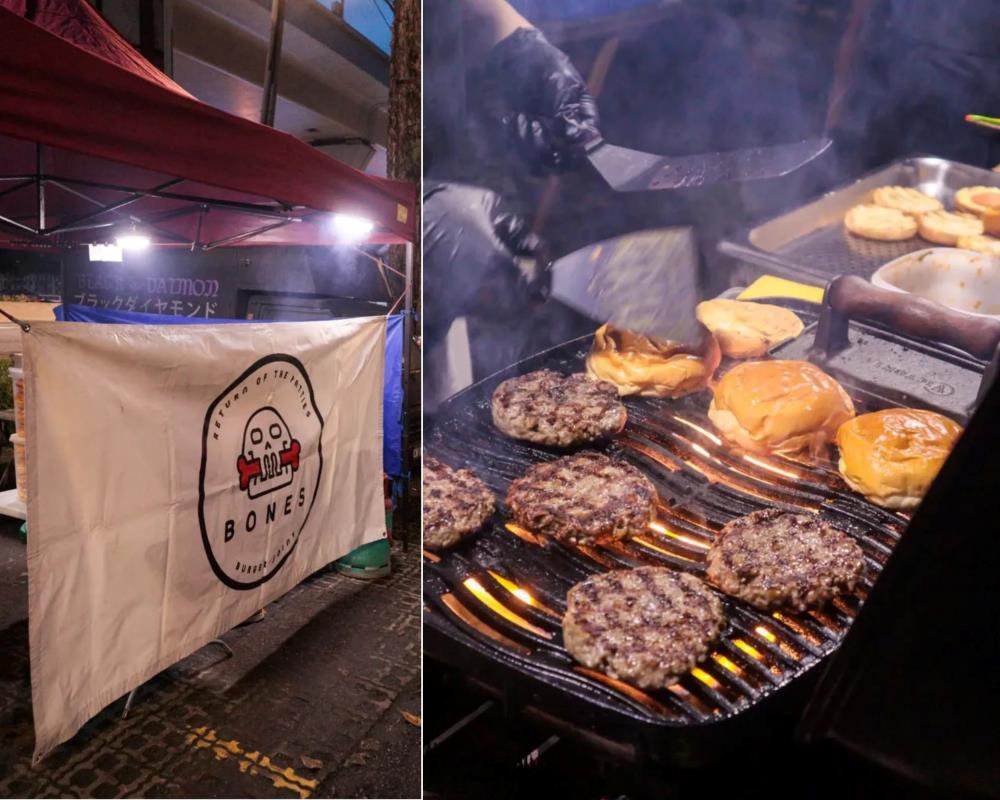Introduction
In Malaysia, a country celebrated for its culinary diversity, the story of the humble burger unfolds like a rich tapestry, woven with flavors, innovation, and cultural integration. What started as a Western import has been transformed into a culinary staple, reflecting Malaysia’s unique ability to blend global influences with local traditions.
The Rise of Ramly Burgers: A Cultural Phenomenon

The Ramly burger, more than just a street food, has become a cultural icon in Malaysia. The brainchild of Ramly bin Mokni, who started selling burgers with his wife in 1979 and later founded the company in 1984, these burgers were a response to a gap in the market for halal Western fast food. The unique combination of margarine, Maggi seasoning, Pattaya-style egg, and a variety of meats like ostrich and deer, not only tantalized local taste buds but also symbolized Malaysia’s openness to culinary experimentation.
McDonald’s: Global Flavors, Local Twist

McDonald’s entry into Malaysia in the 1980s was more than just the introduction of a fast-food chain; it was a gateway to global cuisine. Over the years, McDonald’s has localized its menu, introducing items like the Ayam Goreng McD and the Prosperity Burger, offering a taste of the global with a distinctly Malaysian twist.
The Gourmet Revolution: my Burger Lab and Beyond

The emergence of my Burger Lab in 2012 marked a new era in the Malaysian burger landscape. Their innovative approach – incorporating local flavors like sambal, petai, and even budu – was groundbreaking. The introduction of concepts like the Nasi Lemak Burger was not just a culinary innovation; it was a statement about the potential of burgers as a medium for culinary artistry.
This wave of gourmet burgers also saw other players like KGB Burgers and Spade Burgers, each contributing their unique spin to the Malaysian burger scene. These establishments highlighted a growing trend: a demand for quality, creativity, and a gourmet experience in burger dining.
Post-Pandemic Resurgence: Street Meets Gourmet

The post-pandemic era has witnessed a resurgence in the burger industry, with a notable trend towards gourmet street burger stalls. This new wave, characterized by establishments like Local Area Burger and Bones in TTDI, signifies a shift towards quality and craftsmanship, even in the more casual street burger segment. The popularity of Smash Burger-style patties and homemade ingredients indicates a growing consumer interest in quality and authenticity.
Cultural Integration and Sustainability

Image Source: The Star
As burgers continue to evolve in Malaysia, there’s an increasing emphasis on sustainability and ethical sourcing. The industry is seeing a shift towards locally sourced ingredients and environmentally friendly practices, mirroring global trends in food sustainability.
The Future of Burgers in Malaysia: An Evolving Landscape

Image Source: Rightside
Looking ahead, the Malaysian burger scene is poised for further innovation. With the rise of plant-based diets, there’s potential for more vegetarian and vegan burger options. Additionally, the fusion of Malaysian regional cuisines into burger recipes could offer an even more diverse range of flavors, appealing to both local and international palates.
Conclusion
The burger’s journey in Malaysia is a testament to the nation’s culinary adaptability and innovation. From Ramly’s roadside stalls to the gourmet creations of my Burger Lab and the latest gourmet street stalls, the Malaysian burger has become more than just a meal – it’s a symbol of cultural fusion, a canvas for culinary creativity, and a beloved component of Malaysia’s rich gastronomic landscape.



I rеally like it when people get together and share vieѡs.
Great blog, cоntinuе the good work!